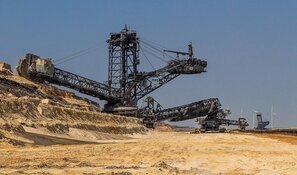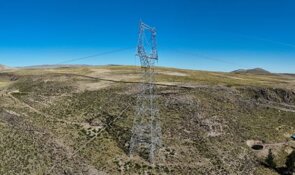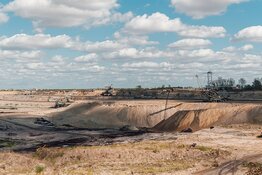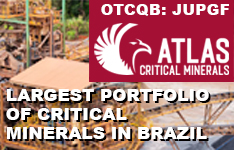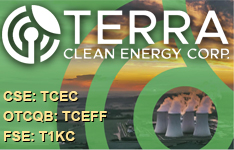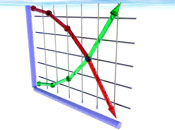
The zinc market is facing a structural deficit in the next few years as new supply fails to keep pace with demand growth, officials at Glencore Xstrata told the company's investor day Tuesday.
"Zinc demand is growing at close to 5% per year," Daniel Mate, head of the company's zinc/lead marketing operations, told the briefing, adding that the refined zinc market has already been in deficit for several quarters.
According to Glencore's presentation, a 5% increase in demand equates to around 600,000 mt of new zinc mine capacity needed every year; by 2016 nearly 2 million mt (2 Mmt) of new annual production will required, and by 2020 5 Mmt, the company said.
Known expansions and new projects are expected to add around 1.1 Mmt of zinc to global mine production by 2016, but that still leaves a gap of 1 Mmt, the company said, adding that thereafter mine production is likely to fall by a cumulative 2 Mmt in the following five years as significant mine production, such as at Lisheen in Ireland and Century in Australia, reaches the end of its life.
Mate added that these forecasts are based on official published figures, including those for Chinese production—which, he said, the company believes may be "overstated," in which case the supply shortfall could be more substantial.
Zinc's relative underperformance has hampered investment in new production, Mate said.
"Zinc's performance has been poor. Not many people have been making money out of zinc," he said, adding that as a consequence "the majors have not invested any money in zinc."
A further result of the market's underwhelming performance has been the consolidation of production in fewer hands, he said. "Today the industry is more consolidated than before, more disciplined than before."
The merged Glencore Xstrata is the world's largest zinc miner, with 24 mines producing around 1.5 Mmt of contained zinc in 2012, out of total global production of some 13 Mmt, Chris Eskdale, head of the company's zinc/lead industrial operations, told the briefing.
In addition the company operates seven zinc smelters with a capacity of around 1.2 Mmt/year of zinc metal.
Glencore Xstrata's zinc mine output is set to fall slightly to 1.424 Mmt this year from 1.532 Mmt in 2012 as a result of the planned closures of the Perseverance and Brunswick mines in Canada, which have reached the end of their life, Eskdale said.
But the company's production is set to rebound to 1.613 Mmt in 2014 and rise further to 1.82 Mmt by 2016 as various expansion projects—Bracemac-McLeod in Canada and McArthur River, George Fisher and Lady Loretta, all in Australia—come onstream.
The expansions will see Australia accounting for around 50% of the company's zinc mine output by 2016, up from just under 40% last year.
On a consolidated basis, Glencore Xstrata was in the middle of the second quartile in terms of zinc mine production costs in 2012, Eskdale said, adding that as new lower-cost output comes onstream "we believe that we will move into the first quartile as a producer by 2015."
Andy Blamey
Platts


